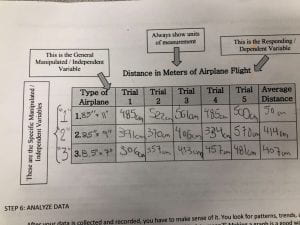How can scientists figure out what a celestial body is made of without ever having a physical sample of it?
[Paragraph1: What is spectroscopy?]
Spectroscopy is the branch of science concerning analysis, investigation, and measurement of spectra produced by splitting the light that passes through a gas into its constituent wavelengths. While the study isn’t solely used in astronomy, particularly finding itself uses when studying radiation, its most common field remains astronomy.
Spectroscopy began its roots in 1666 when Sir Isaac Newton showed that light from the sun could be split into a continuous series of colours, dubbing the anomaly a spectrum. Since then, the study has taken off, becoming a staple figure in uncovering details of celestial bodies throughout space.
[Paragraph2: How does spectroscopy function when studying celestial bodies?]
When light goes through gas, the gas absorbs patterns of wavelengths unique to every element. When looking at the absorption spectrum of that light, the wavelengths that were absorbed by the gas don’t appear. In their place are minute gaps where the absorbed wavelengths should be.
Because every element excludes distinct wavelengths from the spectra, the spectra that remain are the element’s spectral fingerprint, as no other element will remove the same pattern of wavelengths.
The study is more profound, as the information collected about the spectra of celestial bodies can show plenty about them. For instance, spectra can show every element that appears in a star, including its composition, density, and temperature.

Emission spectra of Carbon, Oxygen, Nitrogen and Iron.
Spectra can even show how stars and planets move, using the effect known as the Doppler effect, where because the incoming light’s wavelength is either stretched towards the red side of the spectrum (which is known as Cosmological Redshift and is an integral part of the Big Bang theory) or compressed towards the blue side of the spectrum because of movement and relativity.
[Paragraph3: Why is spectroscopy important?]
Spectroscopy is relevant because of its use in exploring the cosmos. The Doppler effect, Cosmological Redshift and by extension spectroscopy, are significant to the main theory of how the universe was created, and therefore it’s a vital tool in exploring more about the universe and everything in it.
The study can teach us loads about the fundamentals of how celestial bodies came to be, more about which exoplanets are most sustainable for human life, and rules of how the universe functions.

